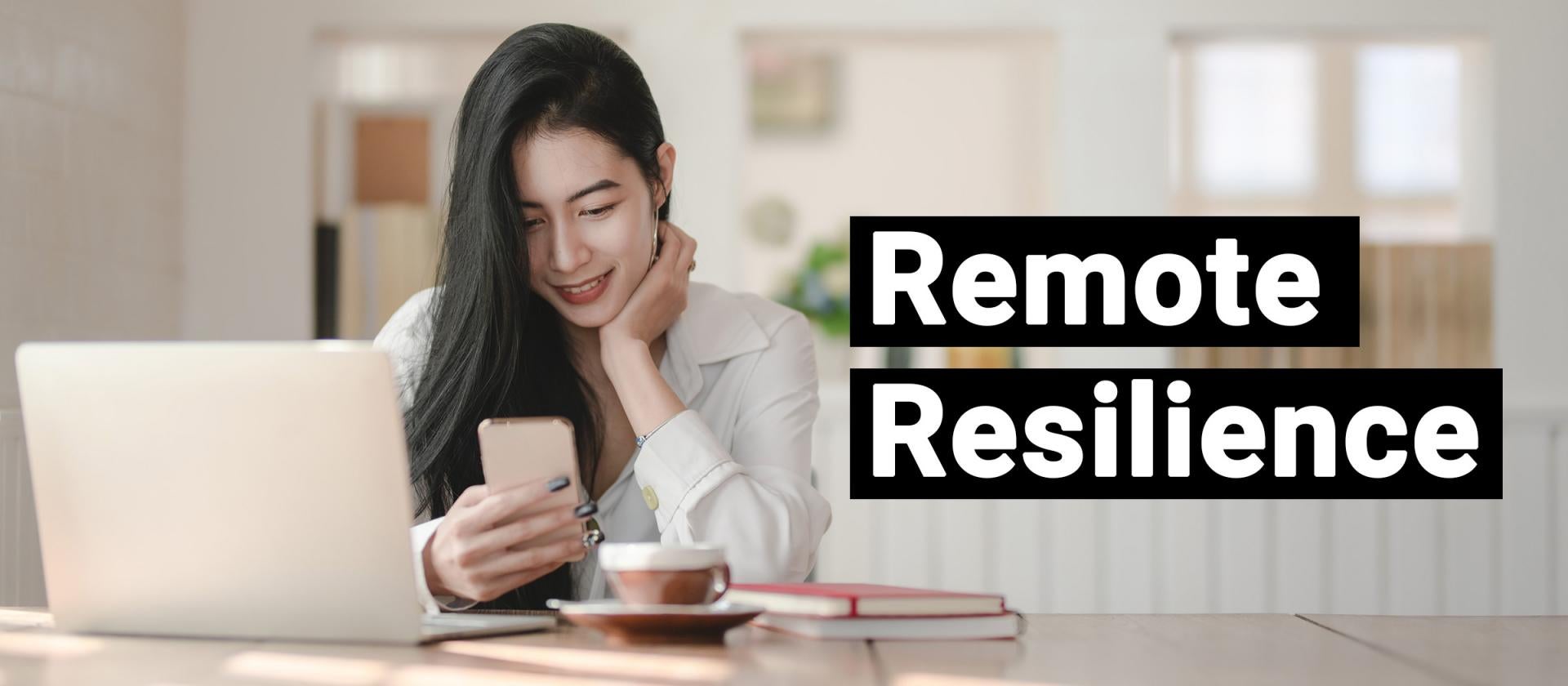ASU Lecturer Emphasizes Flexibility for Teaching Remotely

Read more Remote Resilience stories.
As ASU continues to monitor COVID-19, the university has transitioned from in-person teaching and learning to remote options. In this challenging time, however, the collective innovation of ASU faculty and staff has demonstrated remarkable adaptability. As a method of celebrating the good during uncertain developments, the University Technology Office is gathering success stories of “remote resilience” from the ASU community. The situation globally and across the country is changing daily, but we also plan to share these stories to keep pace.
By Rocco Pagano, UTO IT Analyst
The transition from physical classrooms to virtual ones requires some level of flexibility, as Principal Lecturer Tannah Broman has experienced, as the instructor of a course in “Functional Anatomy and Kinesiology” at the College of Health Solutions.
Broman, who refers to her classes as “controlled chaos,” sees the chaos of the digital classroom differently from the chaos of the physical one. She has brought her classes online to match the energy and structure they had before.
But that structure has always been a little loose. “This class is very active, with almost no lecture and lots of group and class activities,” Broman said. Each of us will go at our own pace in this new remote modality, and Broman acknowledged that asynchronous, heavily technology-focused teaching and/or learning can be difficult.
So she recreated the experience synchronously in Zoom, and although she felt students may be hesitant or upset about the change, they ended up discussing the class’ content in earnest and organizing into active breakout rooms. This extension of the physical space to online was a positive experience for her. “Overall, the whole experience felt very much like our usual class, Broman said. “I know it helped me psychologically and several students said they really appreciated it too.”
One of those students, Kat Atherton, feels that the professor’s synchronous teaching approach during this time has added a sense of comfort. “This has been extremely helpful to be able to discuss topics and have regular lectures with the professor,” Atherton said. “I really hope other professors do consistent meetings for their students.”